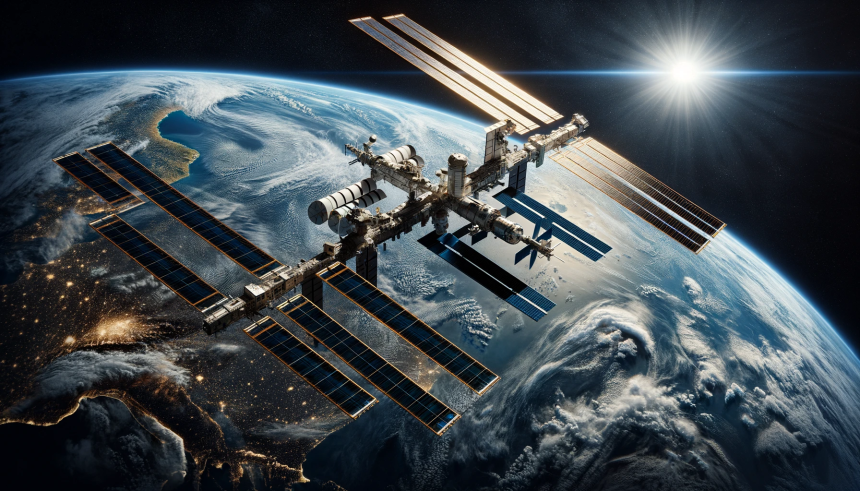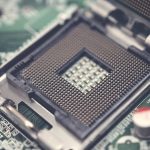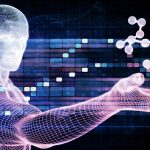NASA’s ongoing research on the International Space Station (ISS) is pivotal in advancing plans for Moon and Mars missions. By addressing the challenges of space contamination, navigation, radiation protection, and equipment maintenance, the ISS plays a crucial role in safeguarding astronauts and ensuring mission success. This research streamlines future space endeavors, making them more feasible and secure.
The Moon Microscope, a portable digital microscope, enables in-flight medical diagnoses and contamination checks on water, food, and surfaces. Launched in 2024, it operates on web-enabled devices, allowing multiple users to access and process high-resolution images for various applications.
Past research emphasized the necessity of advanced navigation and radiation detection systems. Previous reports highlighted successful demonstrations of sextant navigation during Gemini and Apollo missions. Comparatively, current investigations focus on adapting these technologies for modern missions, such as Artemis, showcasing the evolution of space navigation and safety protocols.
Earlier efforts on the ISS also underscored the importance of robotic assistance and autonomous systems. Historical experiments with robotic technology laid the groundwork for today’s sophisticated Integrated System for Autonomous and Adaptive Caretaking. This evolution demonstrates the continual progression towards reducing astronaut exposure to hazardous environments through automation.
Microbial Monitoring
The ISS External Microorganisms investigation involves crew members collecting samples during spacewalks to study microbial presence around the station’s life support systems. Understanding the survival and reproduction of microorganisms in space is crucial for preventing contamination of other celestial bodies.
Navigation and Safety Systems
Sextant Navigation tests traditional navigation tools for potential use in Artemis missions, ensuring reliable backup methods. Additionally, the Hybrid Electronic Radiation Assessor (HERA) has been adapted for use on the ISS to better understand and mitigate radiation exposure risks.
Robotic Assistance and Automation
Robots like Astrobee and Robonaut assist in tasks such as cargo transfer and equipment maintenance. The Multi-Resolution Scanning project evaluates sensors and robotics for automated 3D mapping and situational awareness, essential for future missions on the lunar surface and beyond.
Key Insights
• ISS research enhances tools to prevent microbial contamination on Moon and Mars missions.
• Traditional navigation methods are tested for reliability in future Artemis missions.
• Robotic technology on the ISS evolves to ensure safer and more efficient space missions.
NASA’s research on the ISS continues to be a cornerstone in the preparation for extended space missions. Innovations like the Moon Microscope and the adaptation of HERA for radiation detection exemplify the ongoing efforts to enhance astronaut safety. Furthermore, the integration of robotic systems for mundane tasks and emergency responses showcases a well-rounded approach to minimizing human risk in space. As NASA progresses towards lunar and Martian exploration, the insights gained from these ISS investigations will be instrumental in overcoming the formidable challenges of space travel. This comprehensive research not only paves the way for successful missions but also ensures the safety and efficacy of future space endeavors.










